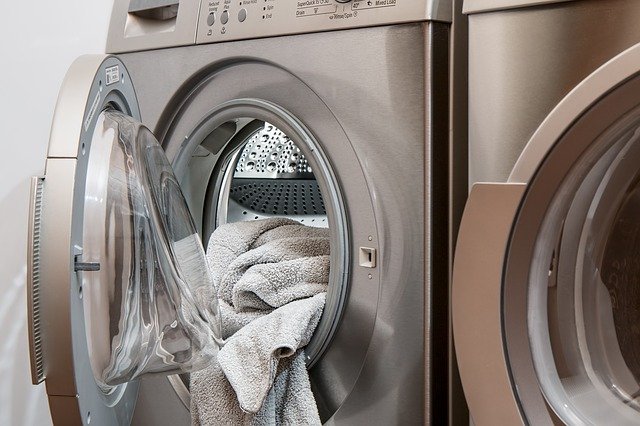Washing Machine Drain – Tips to Get it Flowing Again

While home appliances were largely invented to make modern life easier, there are still issues we face along the way. Fortunately, along with inventions, there are ways to maintain or repair the item. An excellent example of this process is the drain in almost any washing machine. Most washing machine drain problems are relatively simple, do-it-yourself solutions that allow you to continue enjoying the convenience of your time-saving appliance with little or no cost.
Regular checks of the drain hose can help you solve or prevent drain problems. If you notice that the hose is cracked, replace it before it breaks and really gives you a headache. If your washing machine’s drain hose appears to be in good condition, take the time to check the resistance of the “U”-shaped portion of the hose. This part of the hose is designed to stop or control the rate of water entering the drain line. If it’s not strong enough, you can have drainage problems, including annoying overflows.
The fastest common troubleshooting method is to loop the drain line. Also, if you experience overflow in other drain areas of your home, that could indicate that the main drain is the culprit. Leave that line coiled next to the one to the washing machine. This general treatment probably isn’t a bad idea if the drainage is also slow, especially if you live in an older home.
Another point of attention is the drainage pipe. The requirements per washing machine may differ with regard to the size of the drain line. The type of washing machine you have determines the flow rate or the drain. For example, if your new machine’s flow rate is significantly faster than your old machine’s, you may need to reconfigure the discharge pipe opening diameter to accommodate this. If you overlook this article, it could affect the drain and in turn hinder the effectiveness of your washing machine.
One way to avoid this challenge is to install a drain tub. The tub is simply a container that collects all the water that the washing machine drains at the end of a wash or rinse cycle, after which the drain can take place without fear of overflow.
An additional measure that should be taken to help prevent or minimize washing machine drain problems is the installation of a drain pan. This is more of a safety precaution in case the drain breaks or leaks. The tray fits snugly under the machine and retains the water instead of letting it flow to the floor. Since indoor laundries are pretty much the norm, the drip tray should be seen more as a necessity than an optional addition.
Carrying out the above checks, additions, and repairs should give you enough ground to fix the vast majority of washing machine drain problems. Get into the habit of not taking your machine and its function for granted. This will help you minimize serious problems and keep your machine flushing for years to come. Are You Having Washing Machine Drain issues, reach us, We will fix it for you.
--------------------------------
Guestposted.com Notice!
Audience discretion is needed, Read TOS.
Submit Guest Post / Read Latest / Category List
App & Rate-Us / Subscribe Daily Newsletter (FREE)



